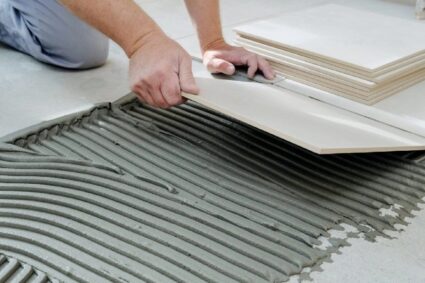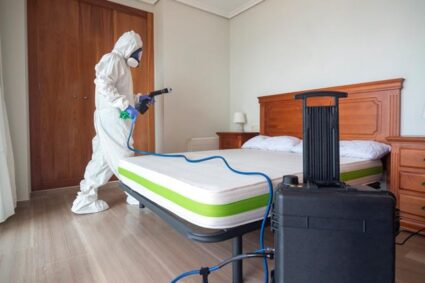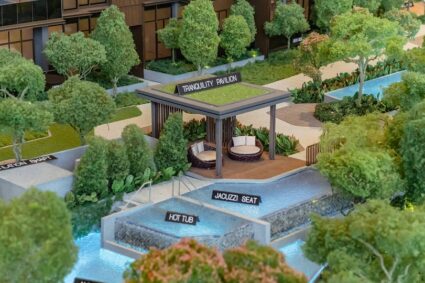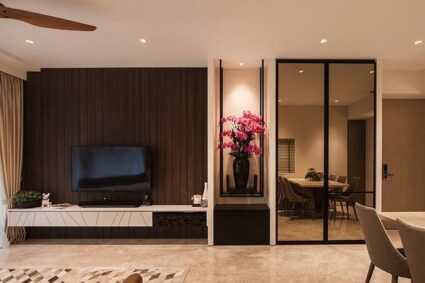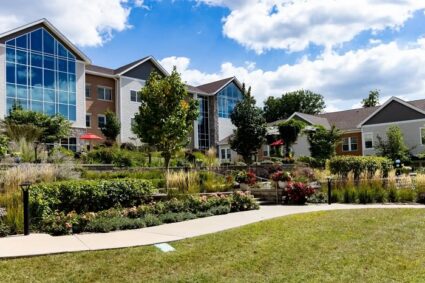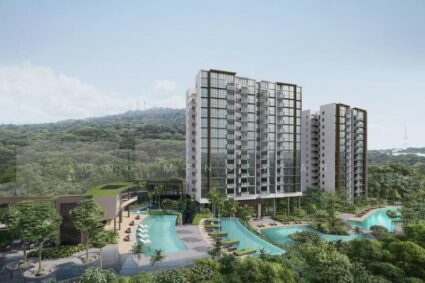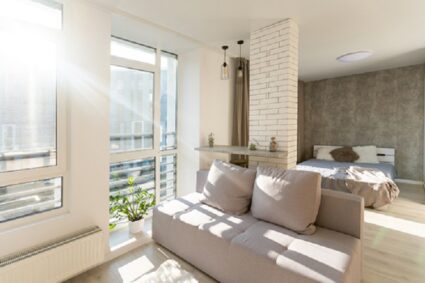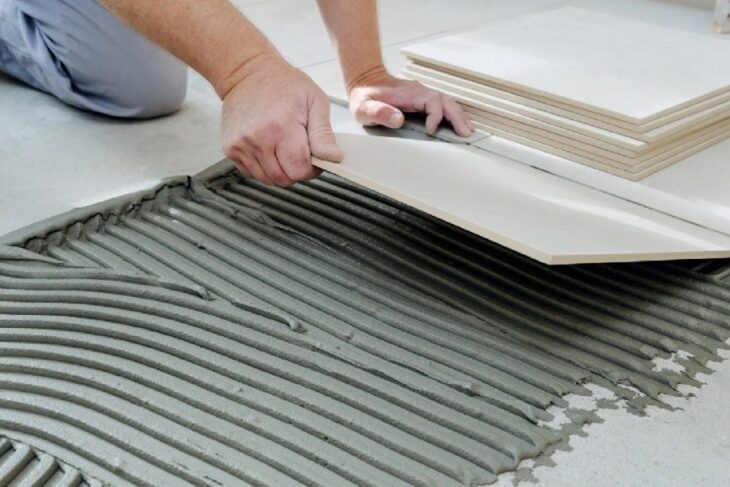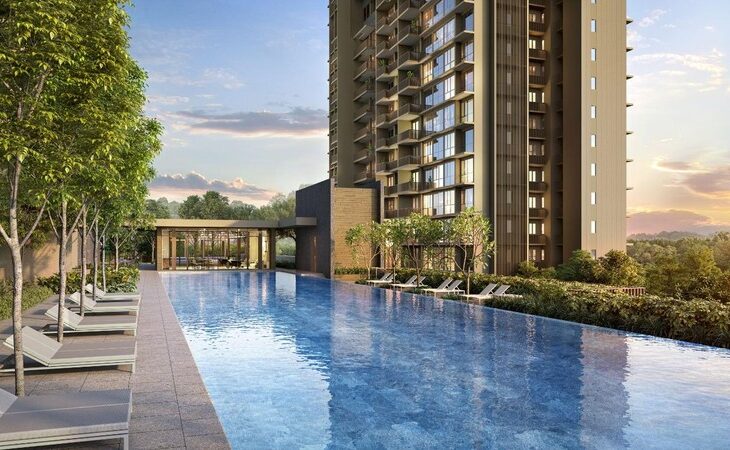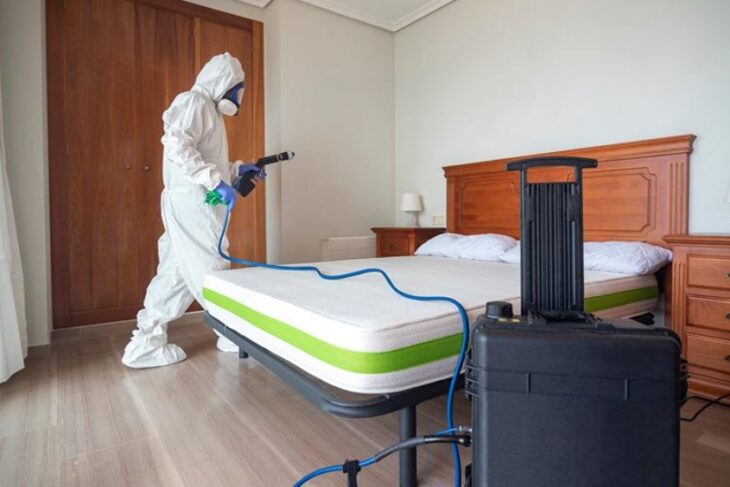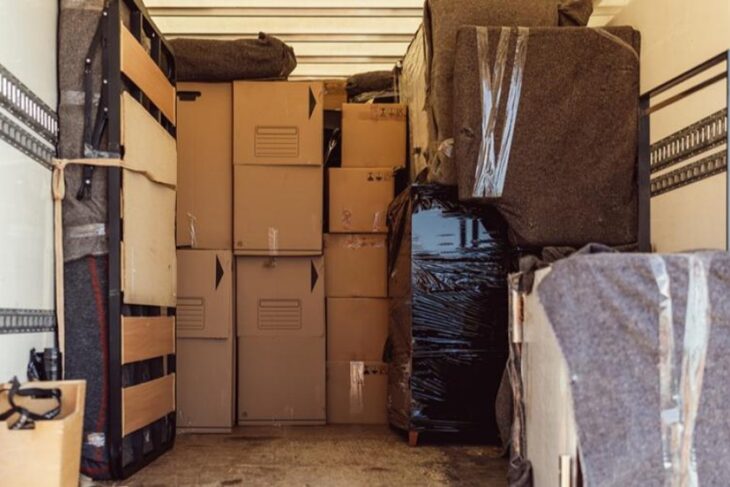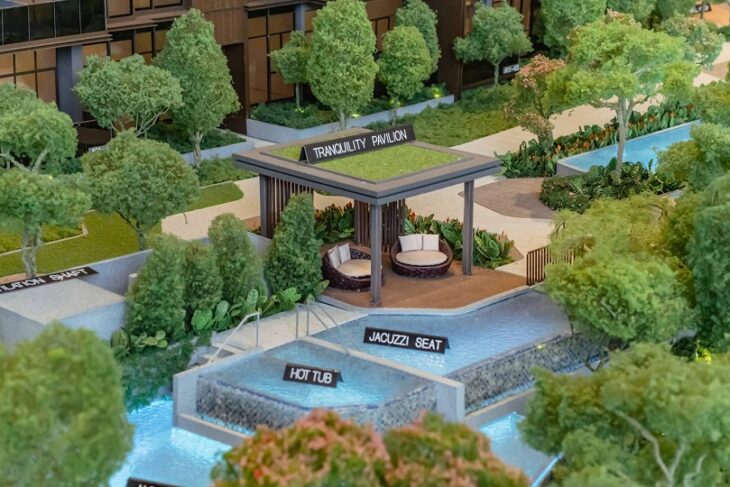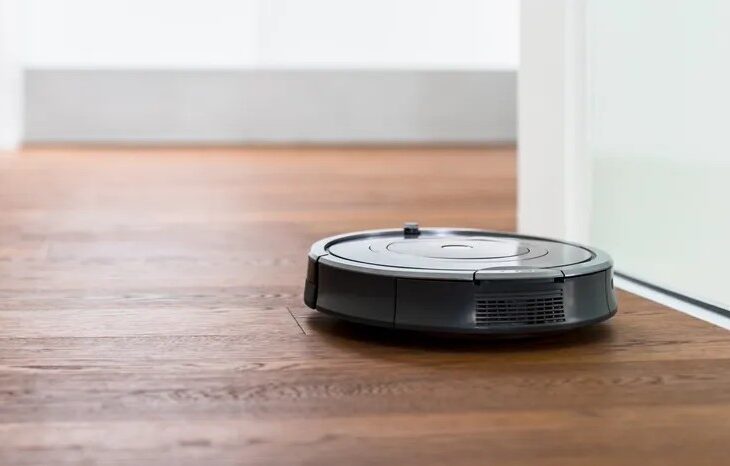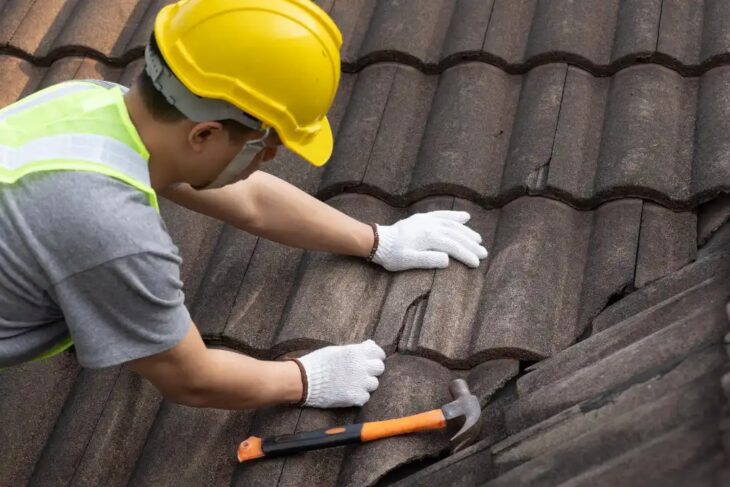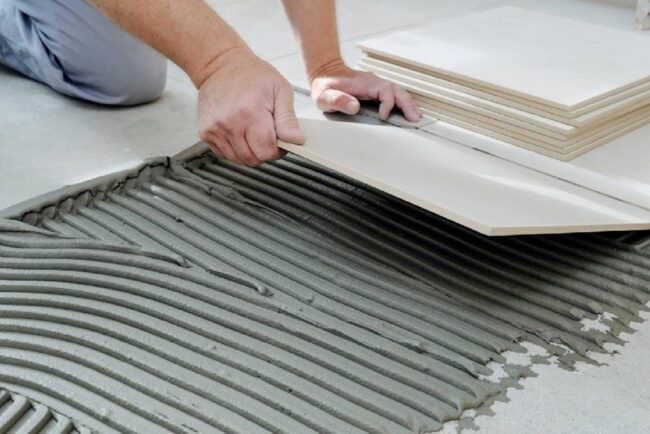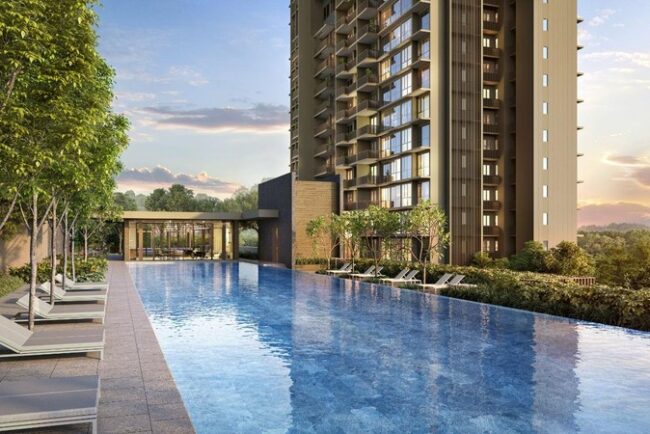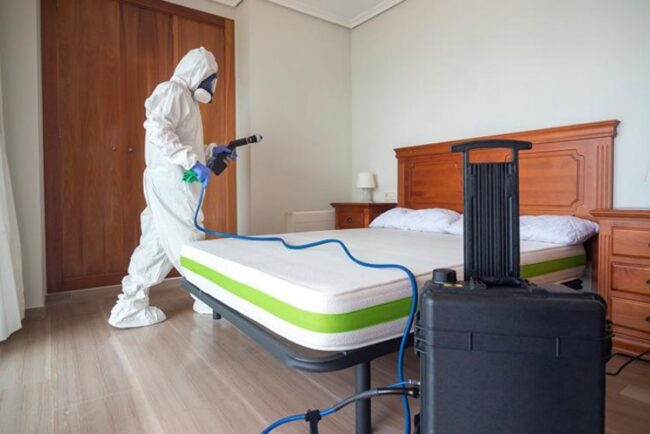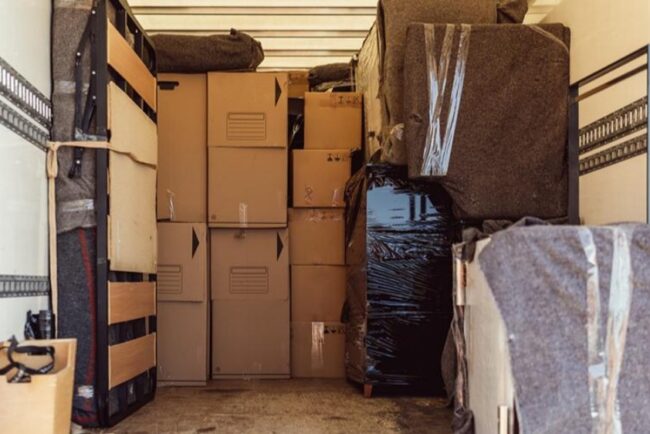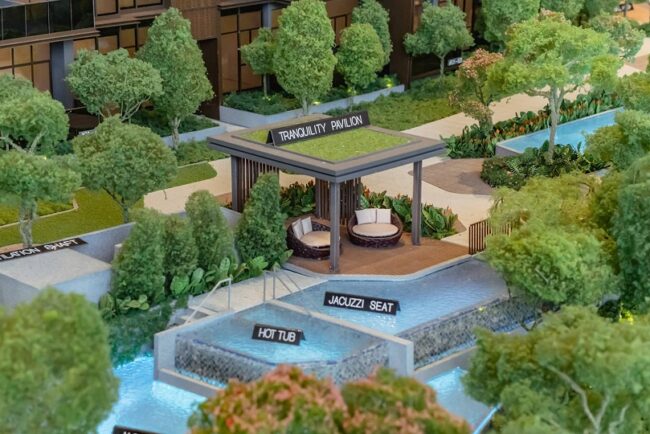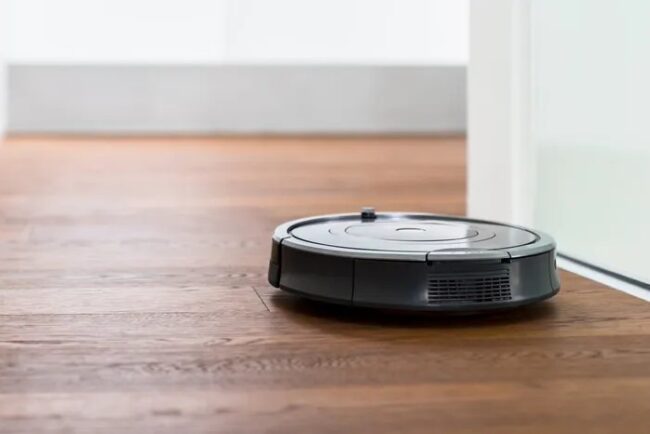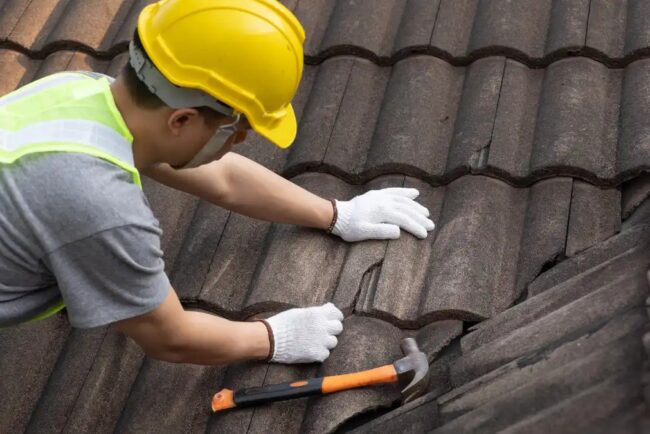
Renovating an HDB flat in Singapore can feel like walking a tightrope. You want a place that reflects your style, but there’s a long list of rules you must follow. From hacking to tiling, even the smallest tweak needs to toe the Housing & Development Board’s line. This guide breaks down the basics so you don’t end up hammering your way into trouble.
The Basics of HDB Renovation Rules
Yes, There Are Limits, And for Good Reason
HDB flats are built to be sturdy and safe for everyone. That’s why HDB sets strict guidelines before you begin any interior design and renovation in Singapore. These rules exist to maintain structural safety, preserve shared spaces, and keep neighbours happy. If you’re planning a facelift for your unit, understanding the do’s and don’ts of HDB interior design helps you avoid renovation red flags.
The Golden Rule: Get It Approved
Before any work begins, get HDB’s approval. This applies to structural work, like removing walls, installing false ceilings, or shifting toilets and sinks. Without approval, you risk fines, delays, or worse, being ordered to reinstate the original layout. For most interior design renovation work, it’s best to check if it requires a permit, even if it seems minor. When in doubt, ask.
What You Can Do in Your Flat
Tiling, Painting, and New Fixtures? Go Ahead
You’re free to replace floor tiles, repaint walls, or update light fixtures, as long as you follow specific guidelines. For instance, if you’re laying tiles over existing ones, there’s a three-year restriction on hacking them off after that. It’s not a free-for-all, but there’s room to make your space pop.
Adding built-in cabinets or wardrobes? That’s allowed too. Many HDB interior design projects feature custom carpentry, which adds function without affecting the flat’s structure.
Updating the Kitchen or Bathroom
You can refurbish your kitchen or bathroom, but plumbing and waterproofing work needs licensed contractors. Wet works must meet HDB’s standards, especially if they’re on upper floors where leakage could affect neighbours. Replacing sanitary fittings is usually fine, but shifting them may require permission.
What You Can’t Do, Or Must Tread Carefully
Hacking Walls? Check the List
Hacking is the number one area where people get caught. Not all walls are fair game. Load-bearing walls, for instance, can’t be hacked. Partition walls might be removable, but only after assessment. If you’re unsure, consult HDB’s published list or let your renovation contractor handle the check. Many firms specialising in interior design and renovation in Singapore are familiar with these technical boundaries.
No-Go Zones Include Gas Pipes and Structural Beams
Touching gas pipes without authorisation is a big no. This can pose serious safety risks. Similarly, tampering with beams, columns, or the building façade is off-limits. Even changing the main door or grilles facing the common corridor needs HDB’s green light. Safety and uniformity across flats are non-negotiable parts of HDB’s regulations.
Hiring the Right People Makes All the Difference
Use HDB-Licensed Renovation Contractors
Your interior design renovation journey starts with choosing the right team. HDB has a directory of approved contractors under the Registered Renovation Contractors’ Scheme (RRCS). These contractors understand the nitty-gritty of HDB rules and are accountable for compliance. Don’t fall for lower quotes from unlicensed contractors, which can backfire fast.
Interior Designers vs Contractors: Who Does What?
Interior designers plan layouts, suggest themes, and manage aesthetics. Contractors carry out the dirty work. In many HDB interior design projects, both roles are combined within firms to provide end-to-end service. If you’re doing a major renovation, hiring a team that offers both design and build services may keep your project on track and within the rules.
Timelines, Hours, and Noise, The “Neighbour” Clause
Renovation Noise is Regulated
Works are only allowed between 9 AM and 6 PM on weekdays and Saturdays. No noisy work is allowed on Sundays and public holidays. HDB sets limits on noisy demolition activities too, these can only happen within the first three days of the renovation.
If you ignore the guidelines and upset neighbours, HDB can intervene. It’s not just about following the rules; it’s about staying neighbourly while your flat gets a facelift.
Getting Smart, What About Tech Upgrades?
Smart Features Are In, But Watch the Wiring
Adding smart lighting, digital locks, or motion sensors is fair game, as long as the installation doesn’t compromise the electrical setup. If you’re upgrading to smart systems, engage a certified electrician. Some interior design and renovation in Singapore providers already bundle smart home solutions with their design packages. Still, you’ll need to follow safety codes for any electrical changes.
Renovating your HDB flat takes more than Pinterest boards and paint swatches. It requires a solid grasp of what’s allowed and what isn’t. With the right planning, contractor, and compliance, your renovation journey can be smooth and satisfying, not a stressful pile of forms and fines.
Contact MYD Pleasant Home Design to start your compliant, creative, and stress-free HDB renovation today.

